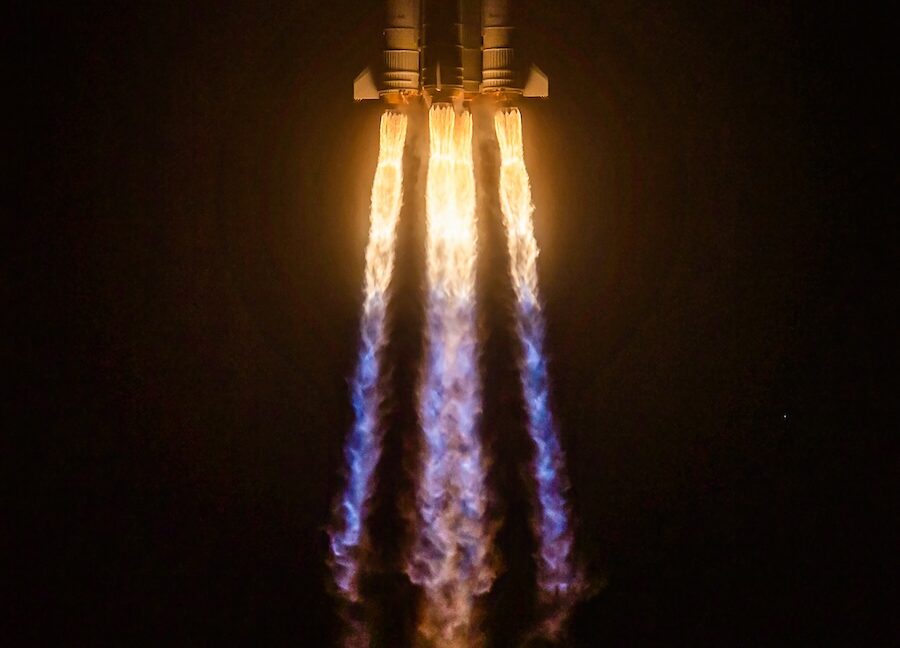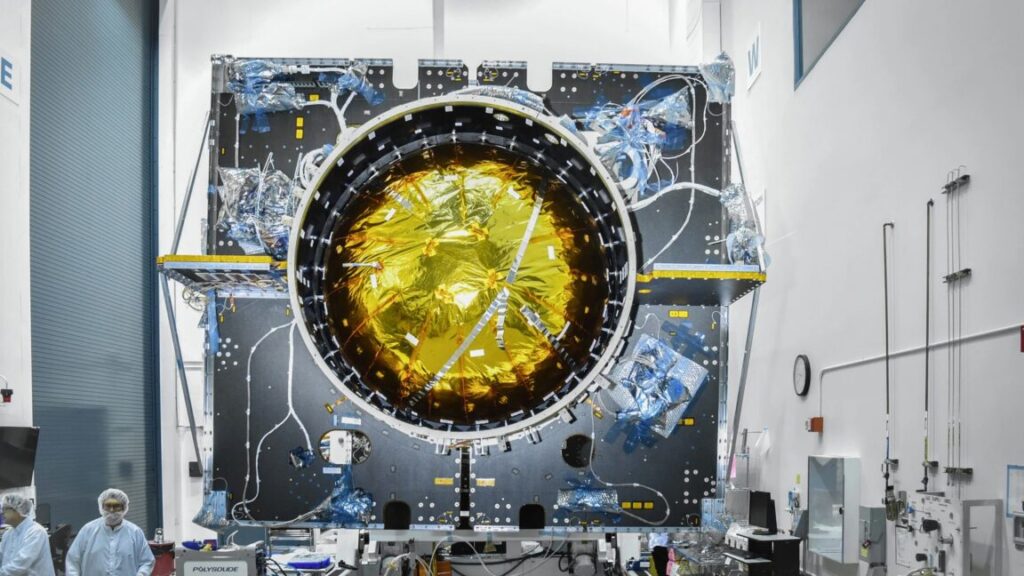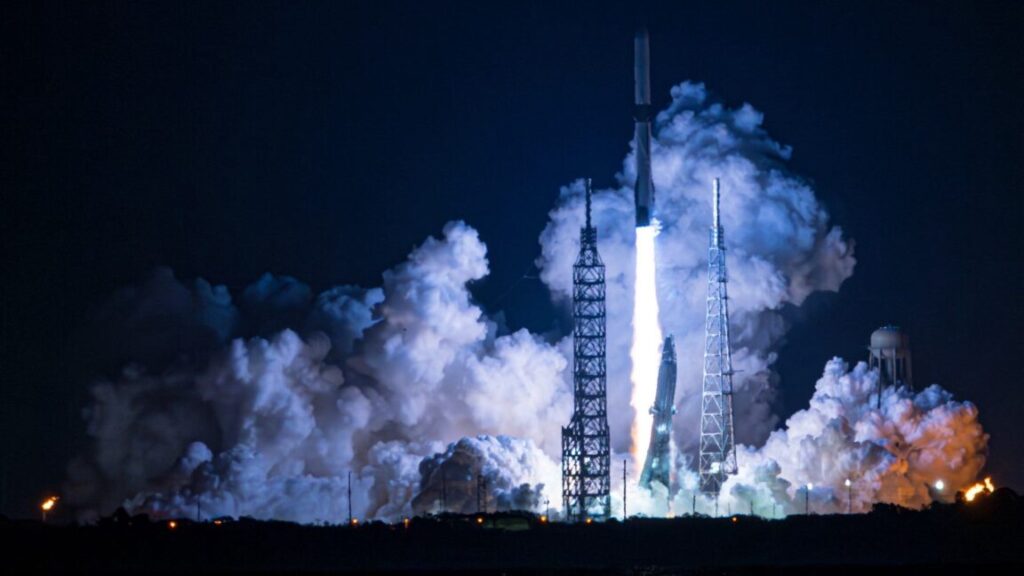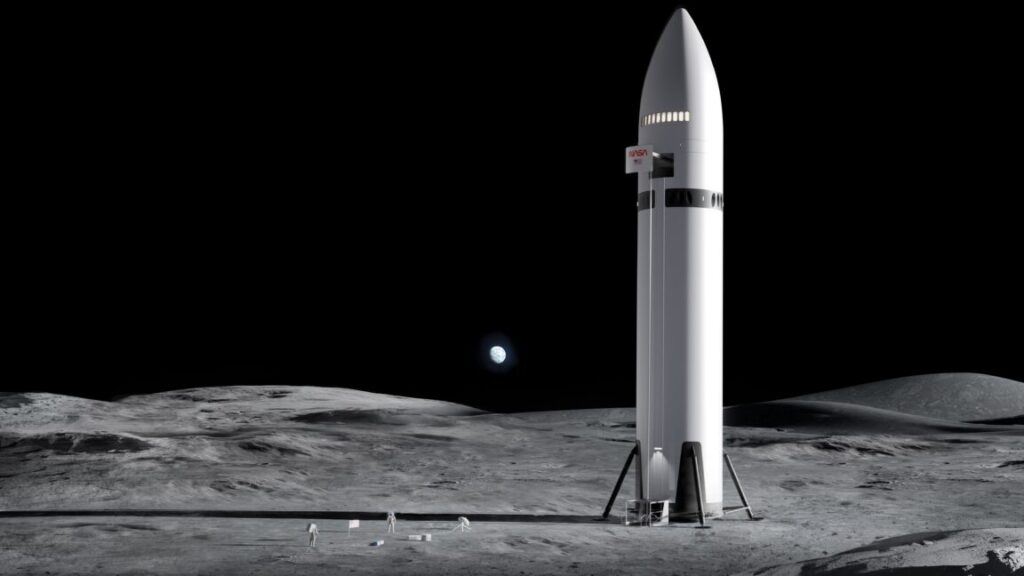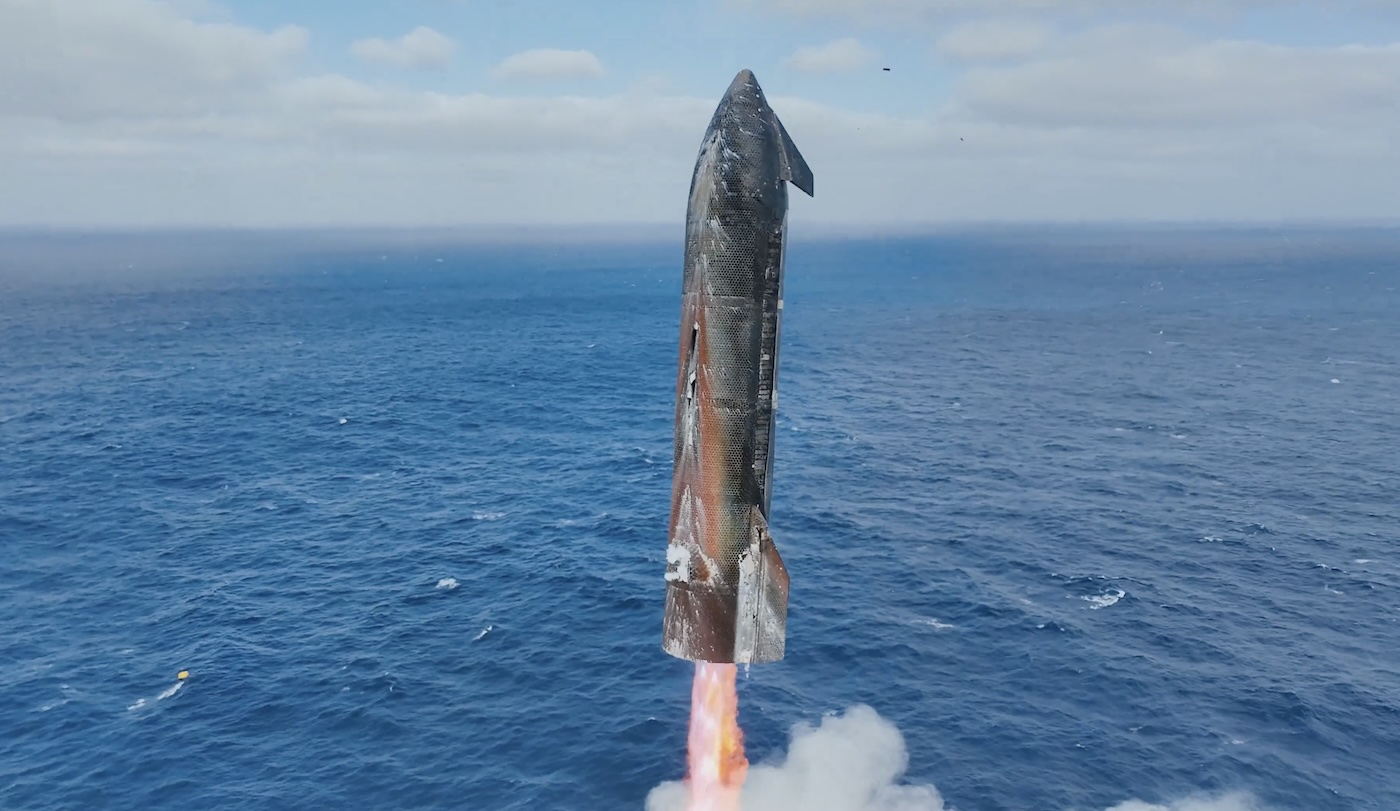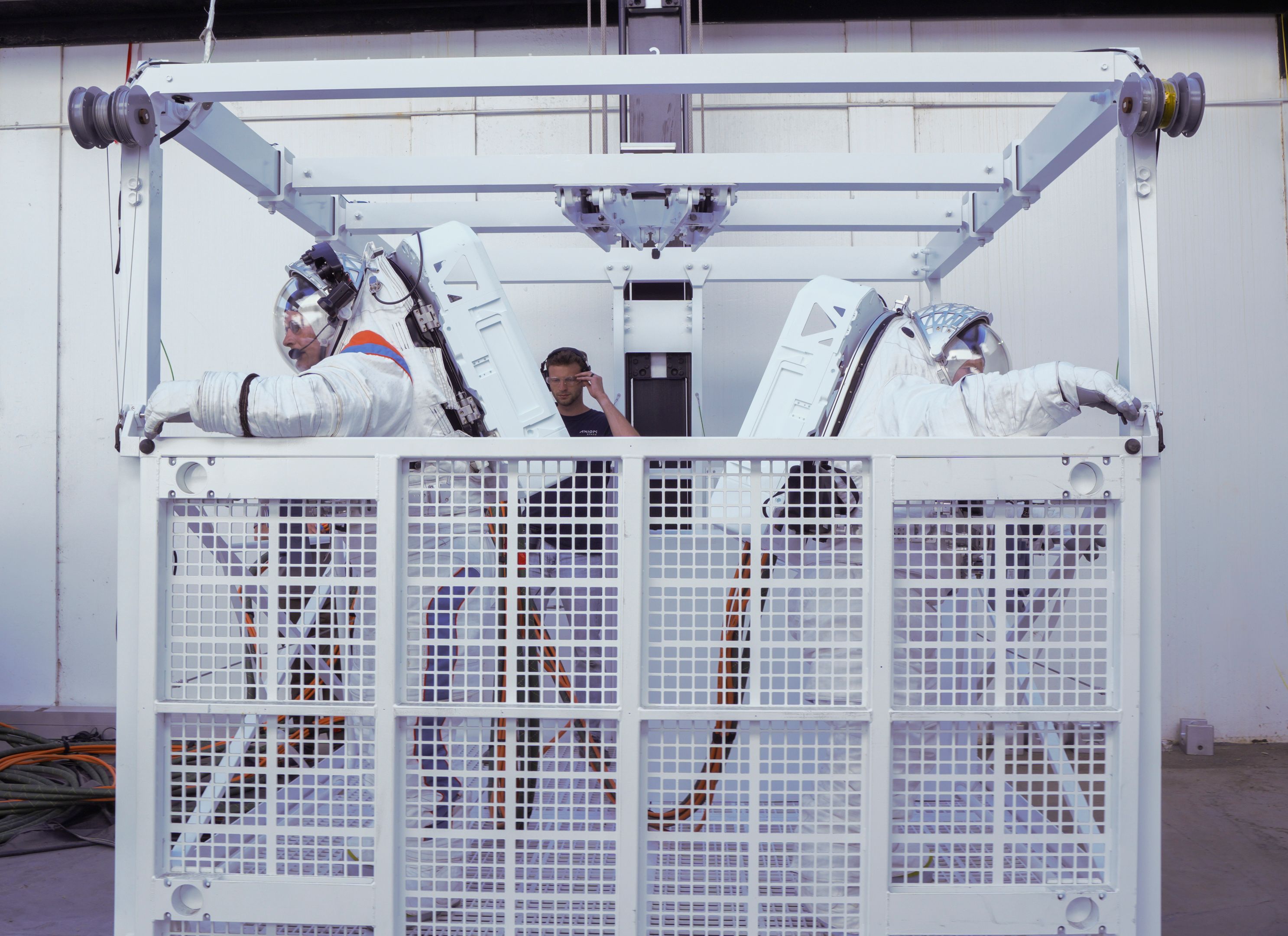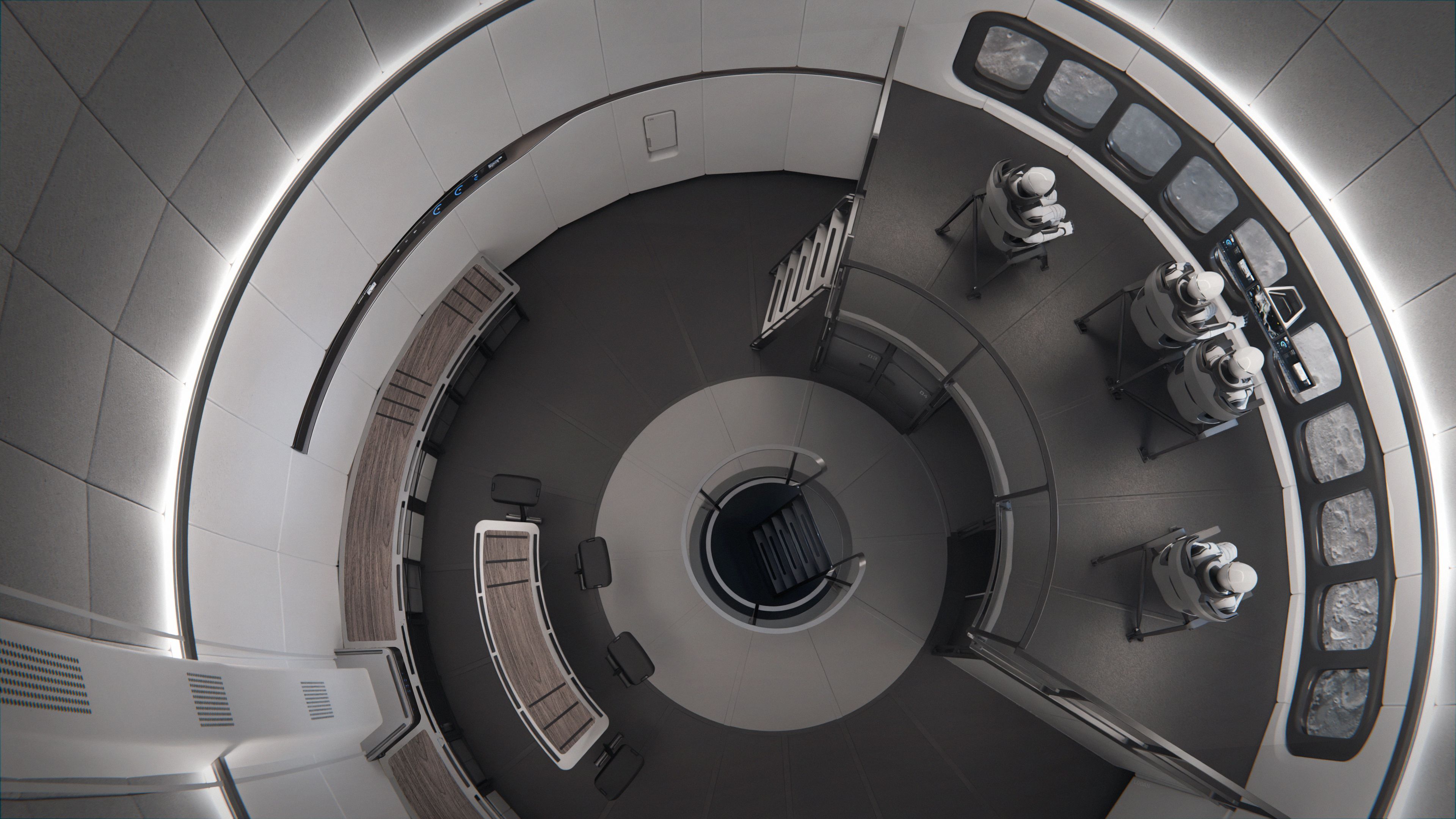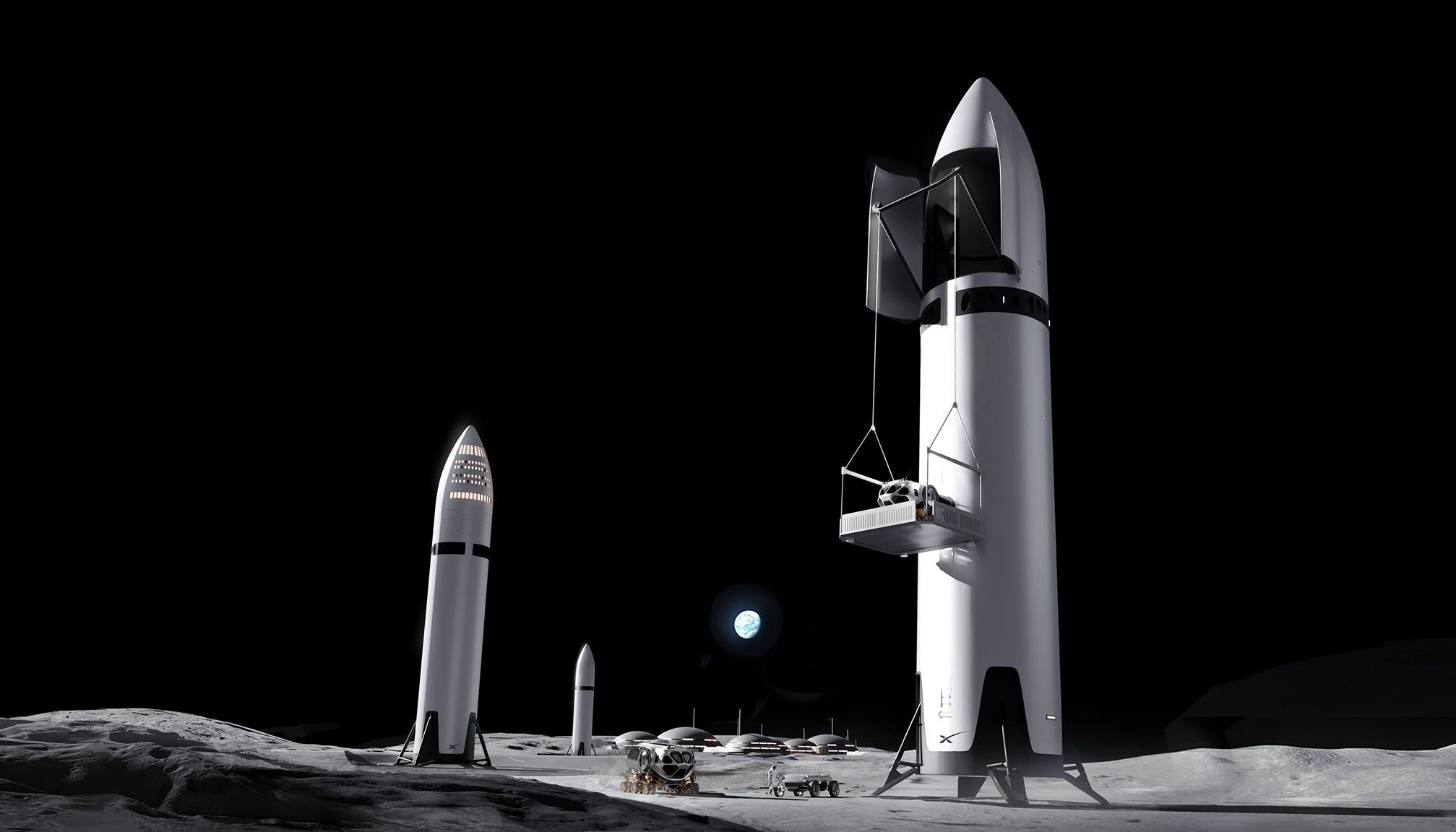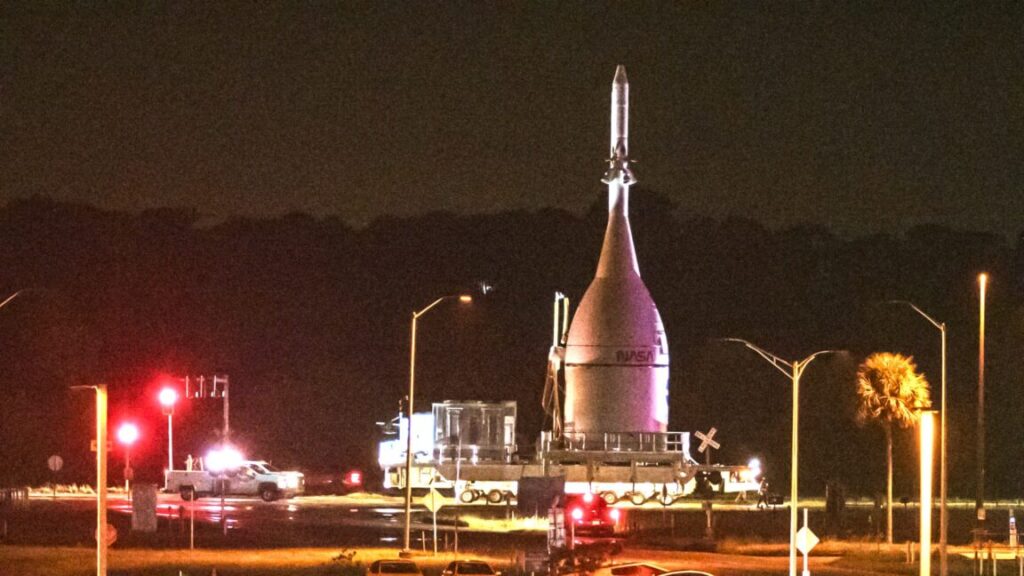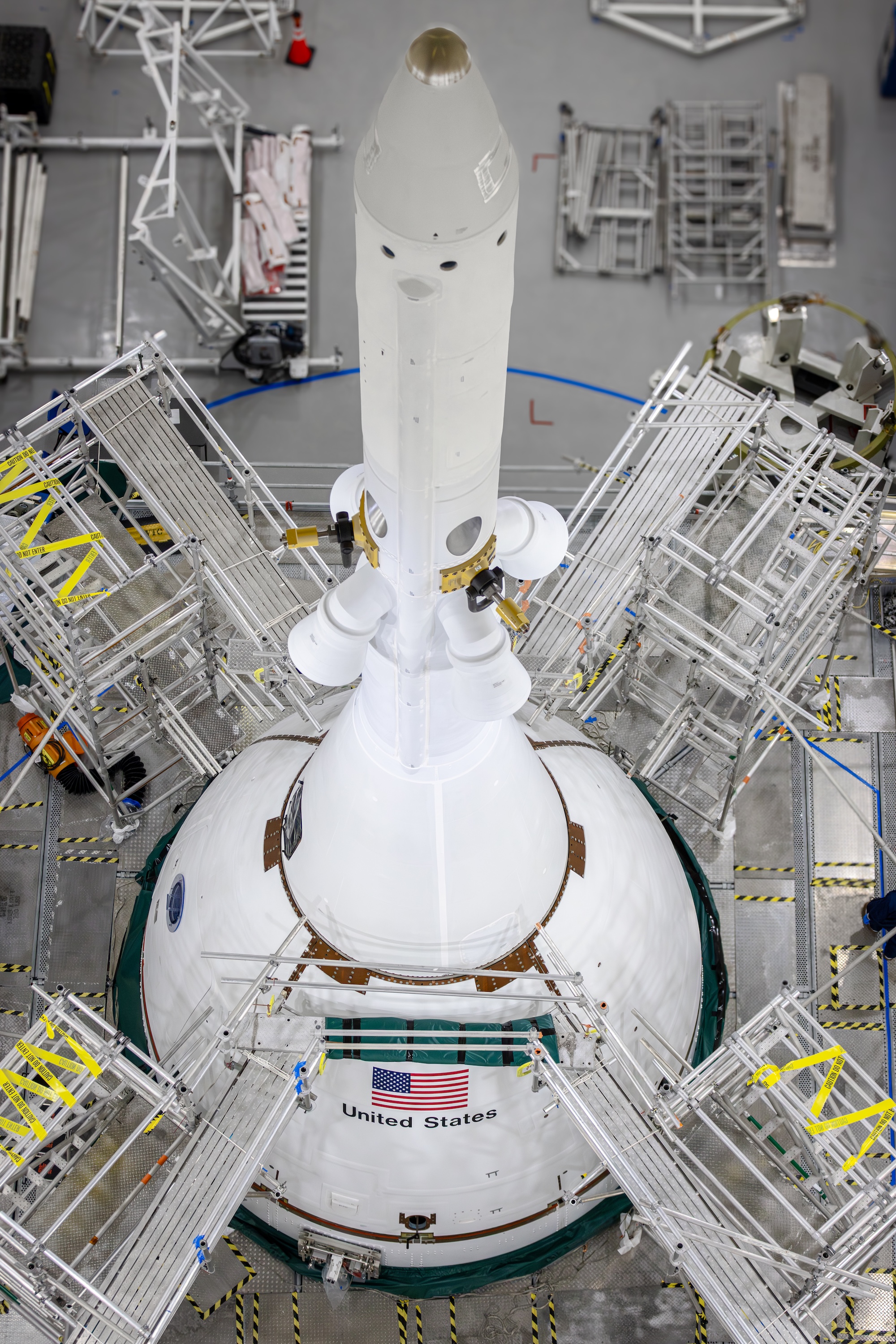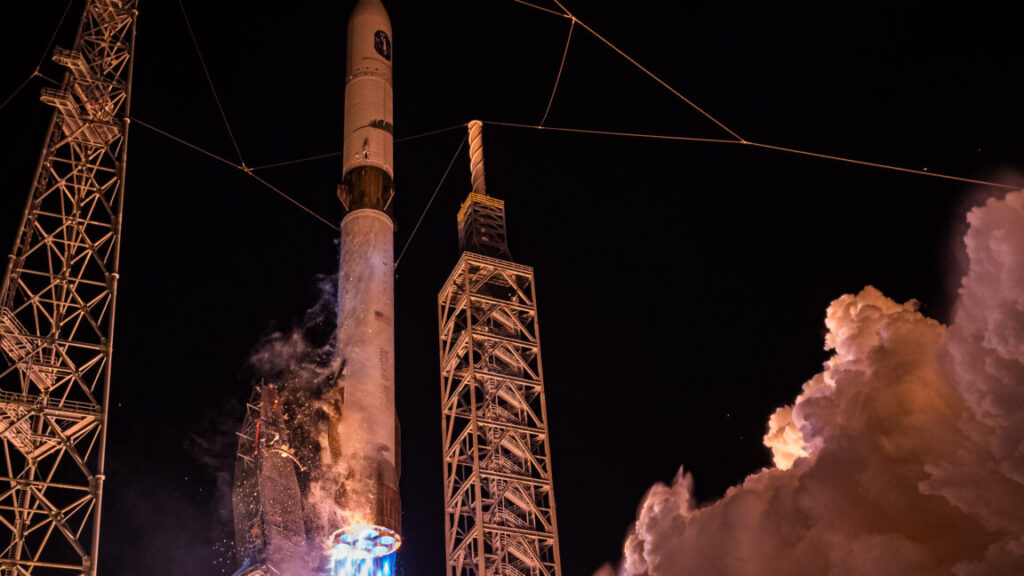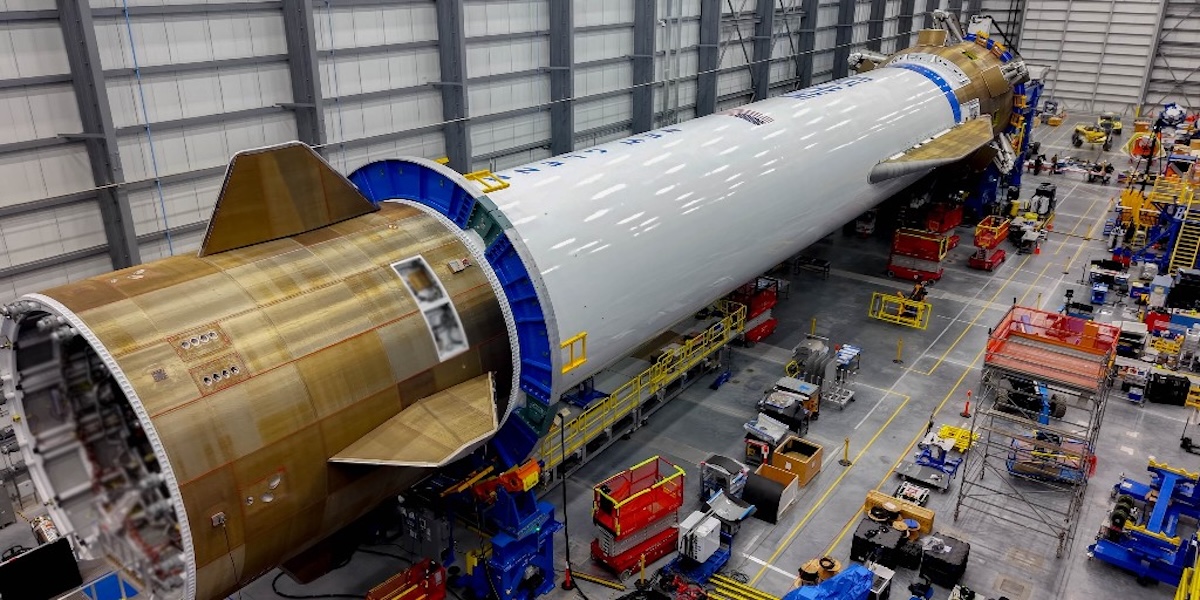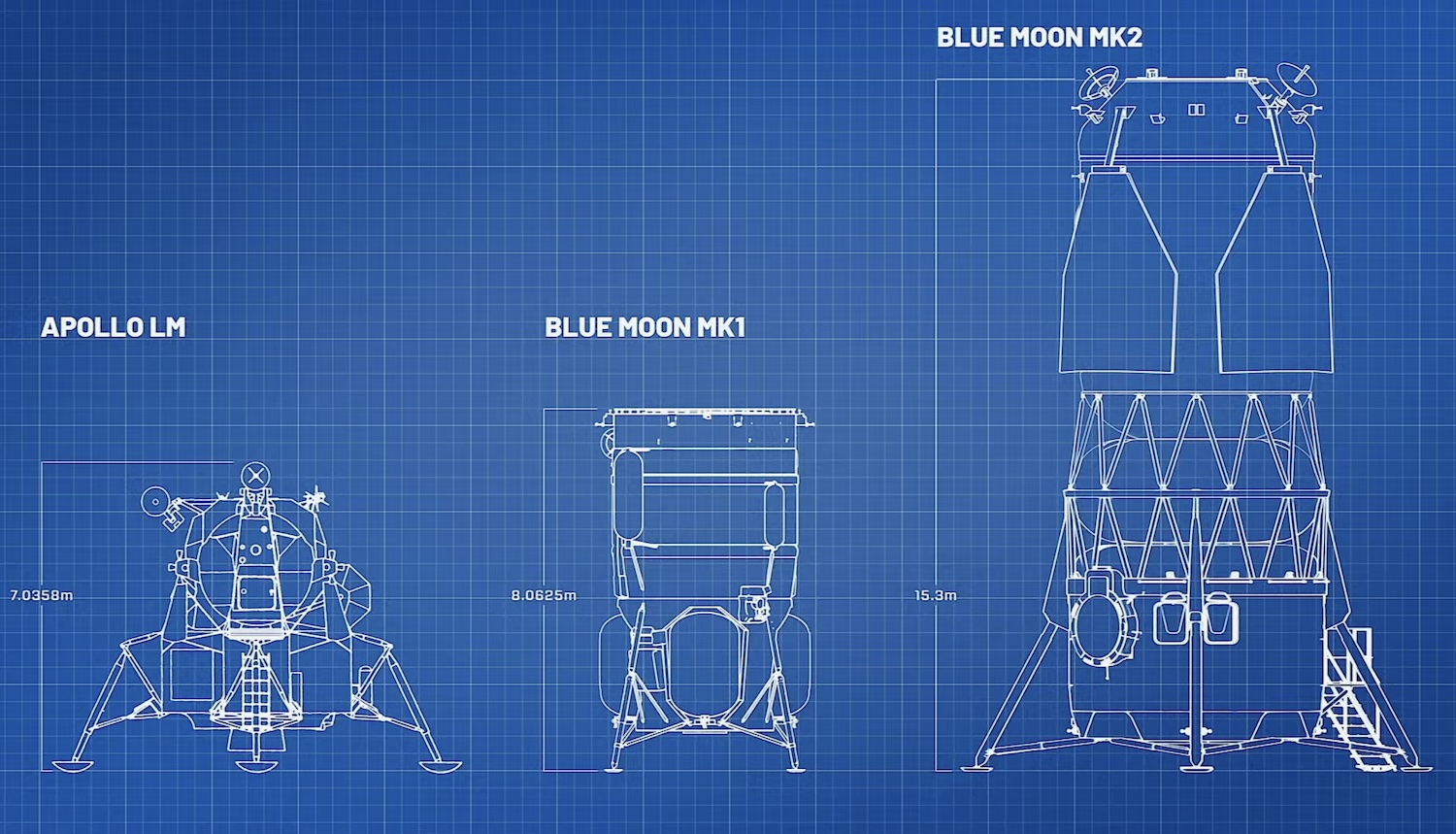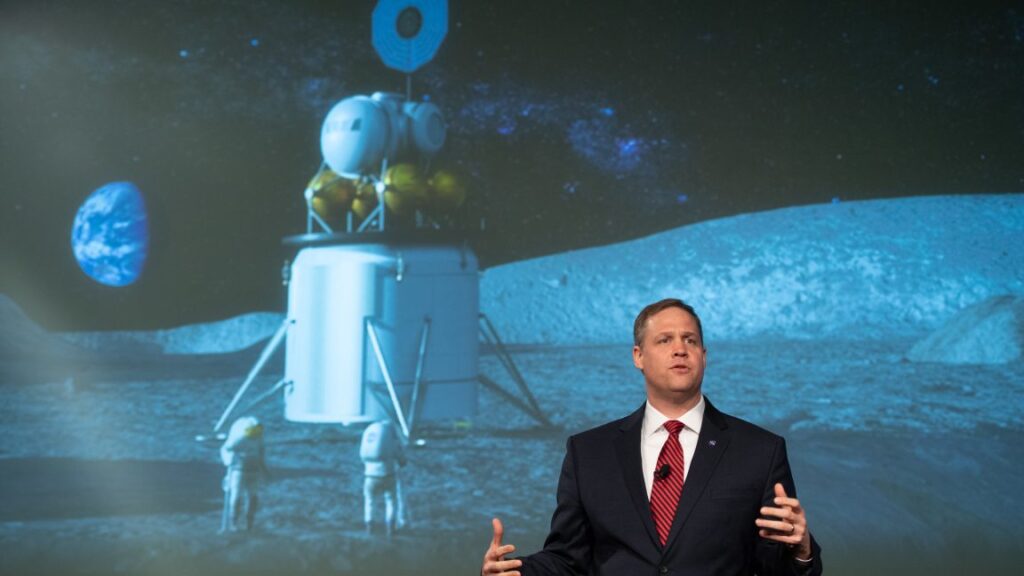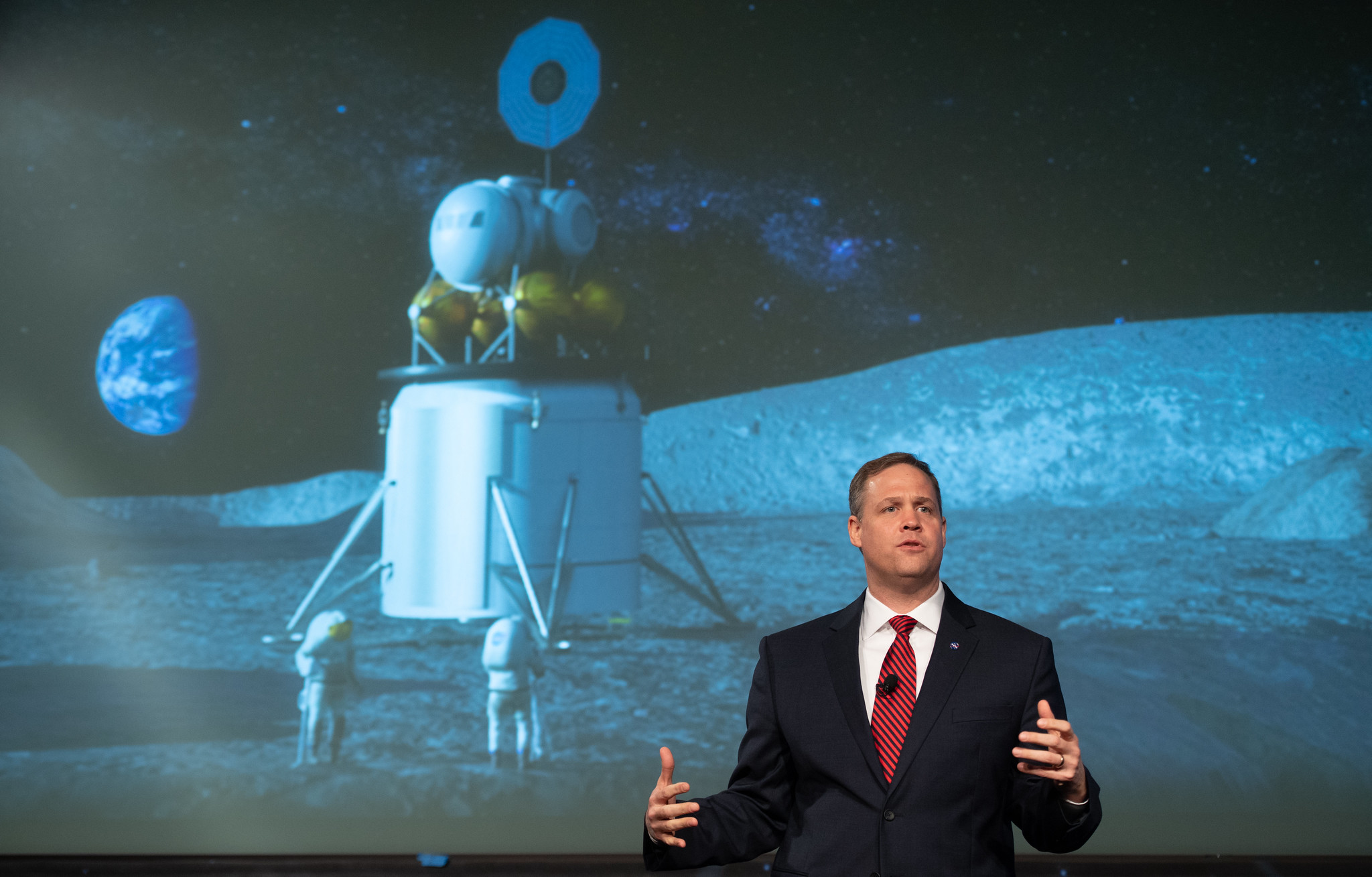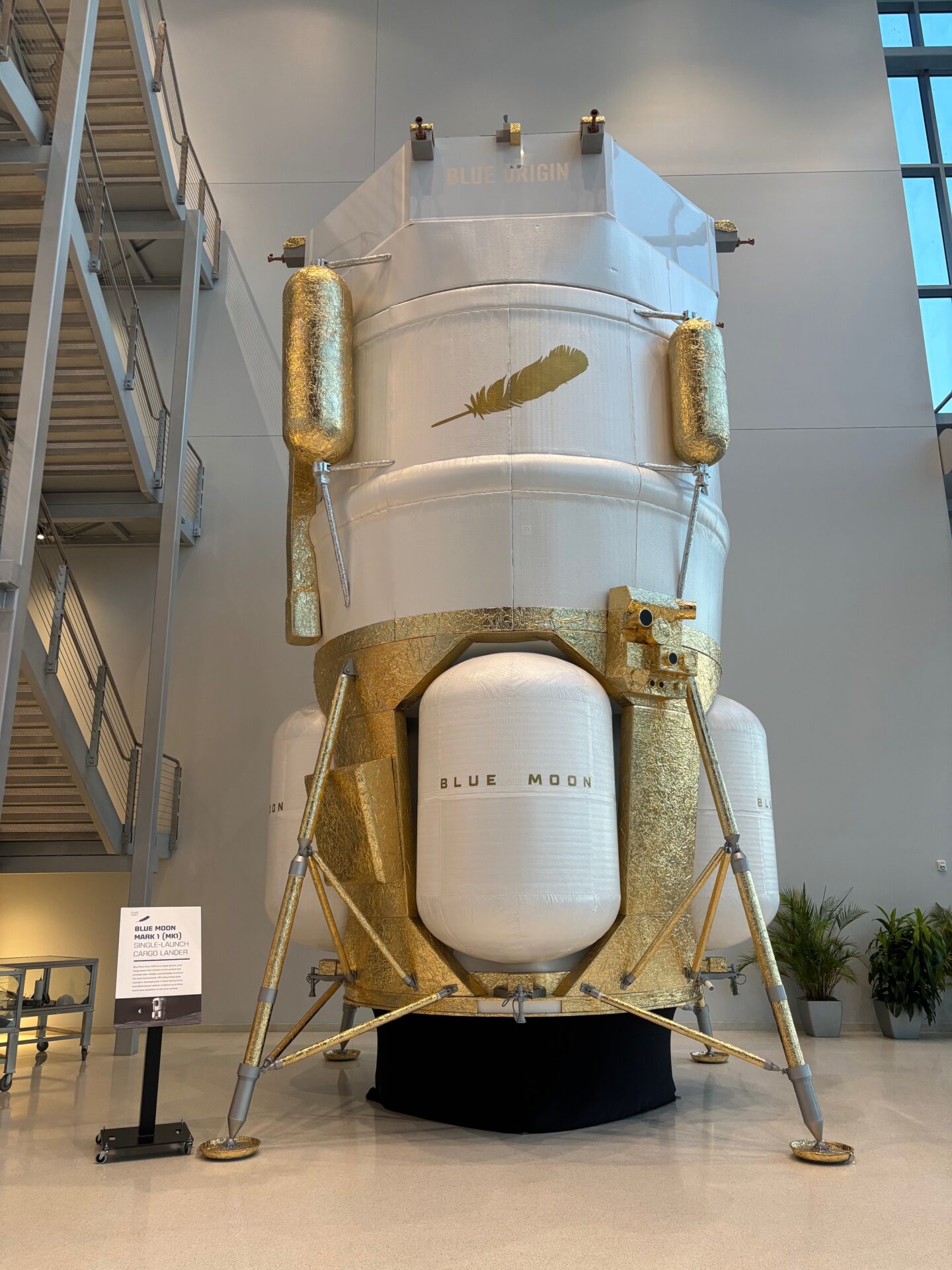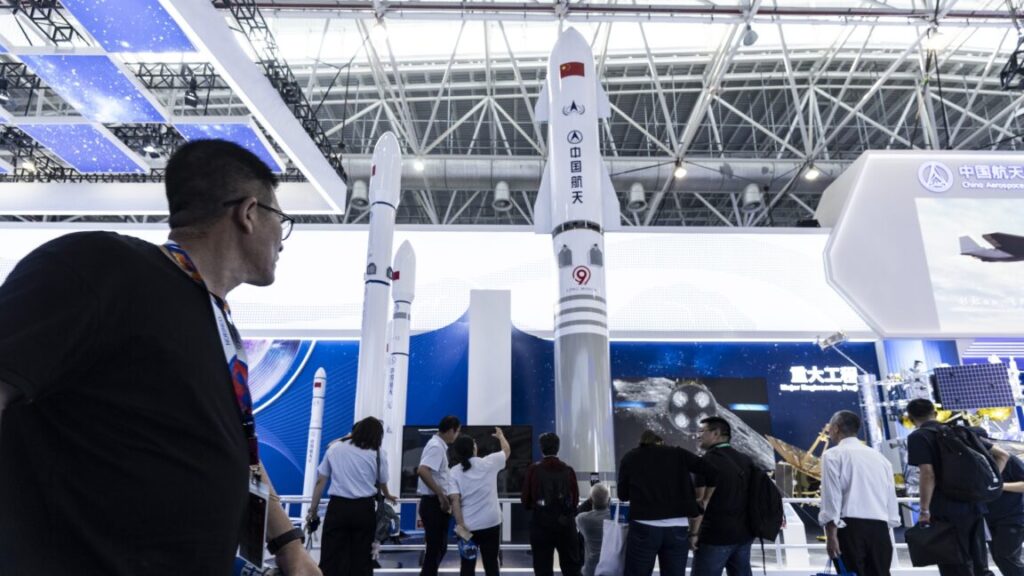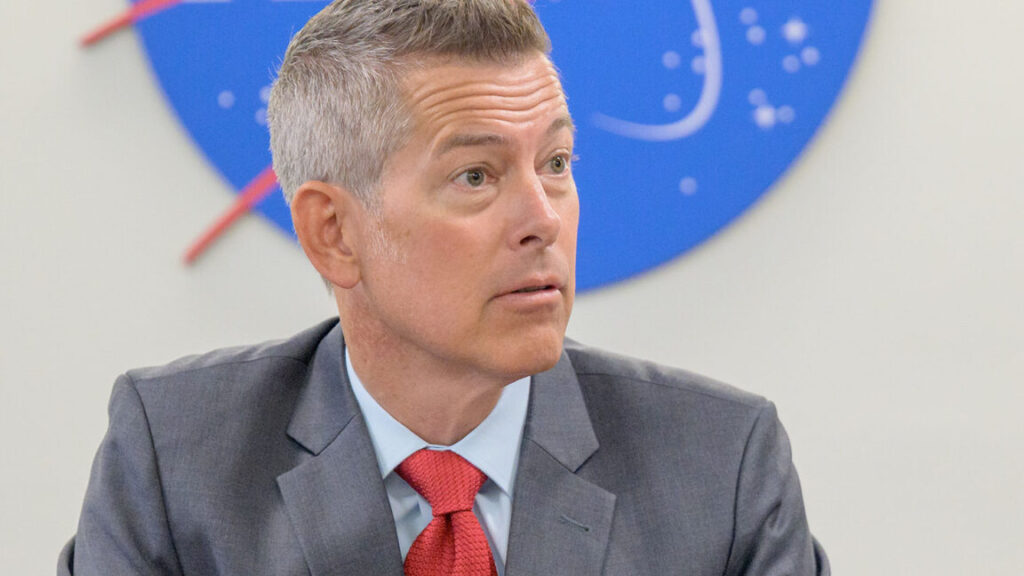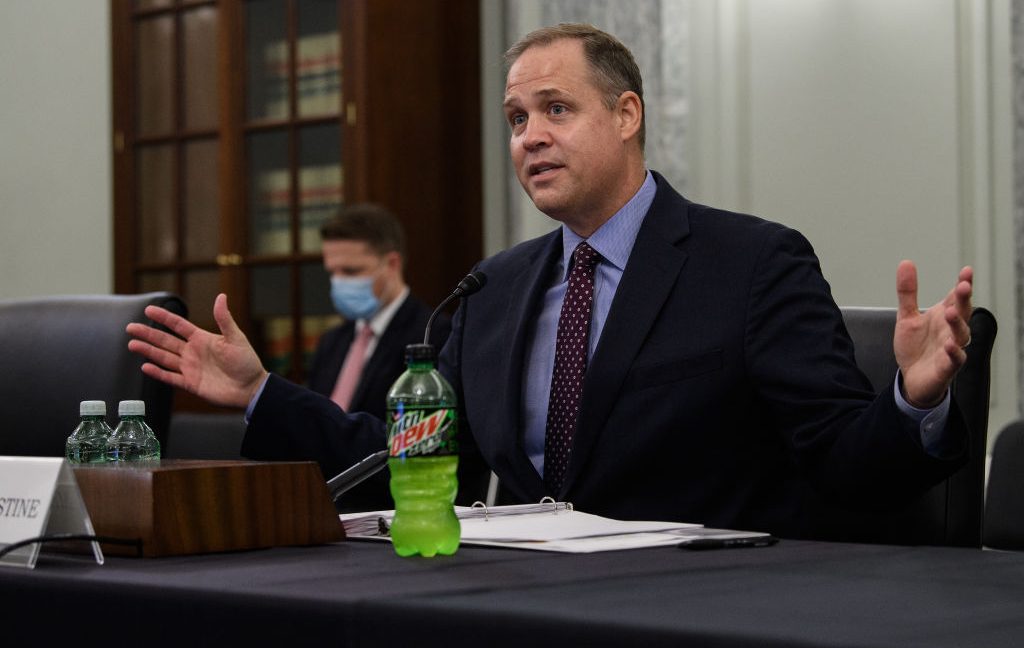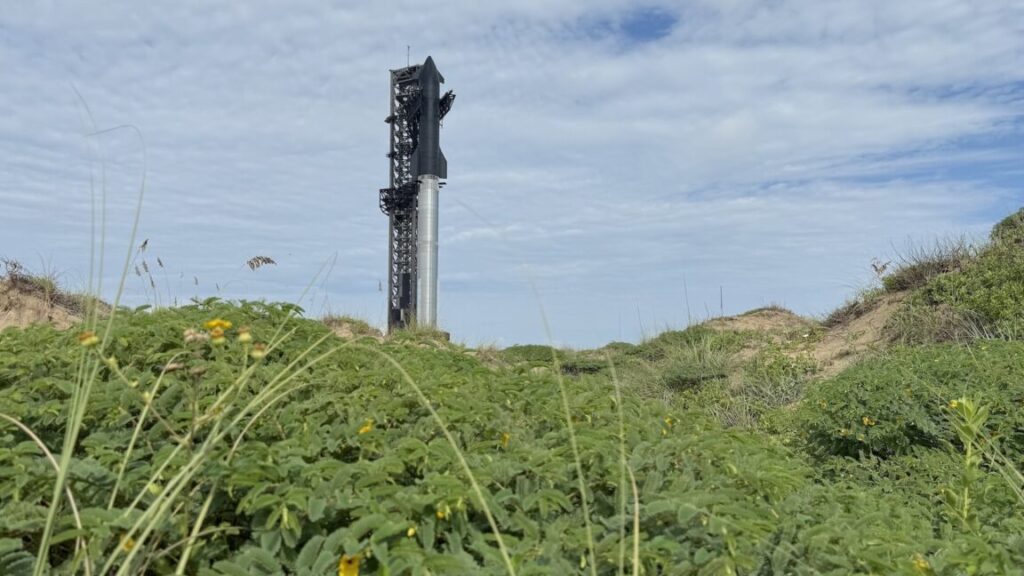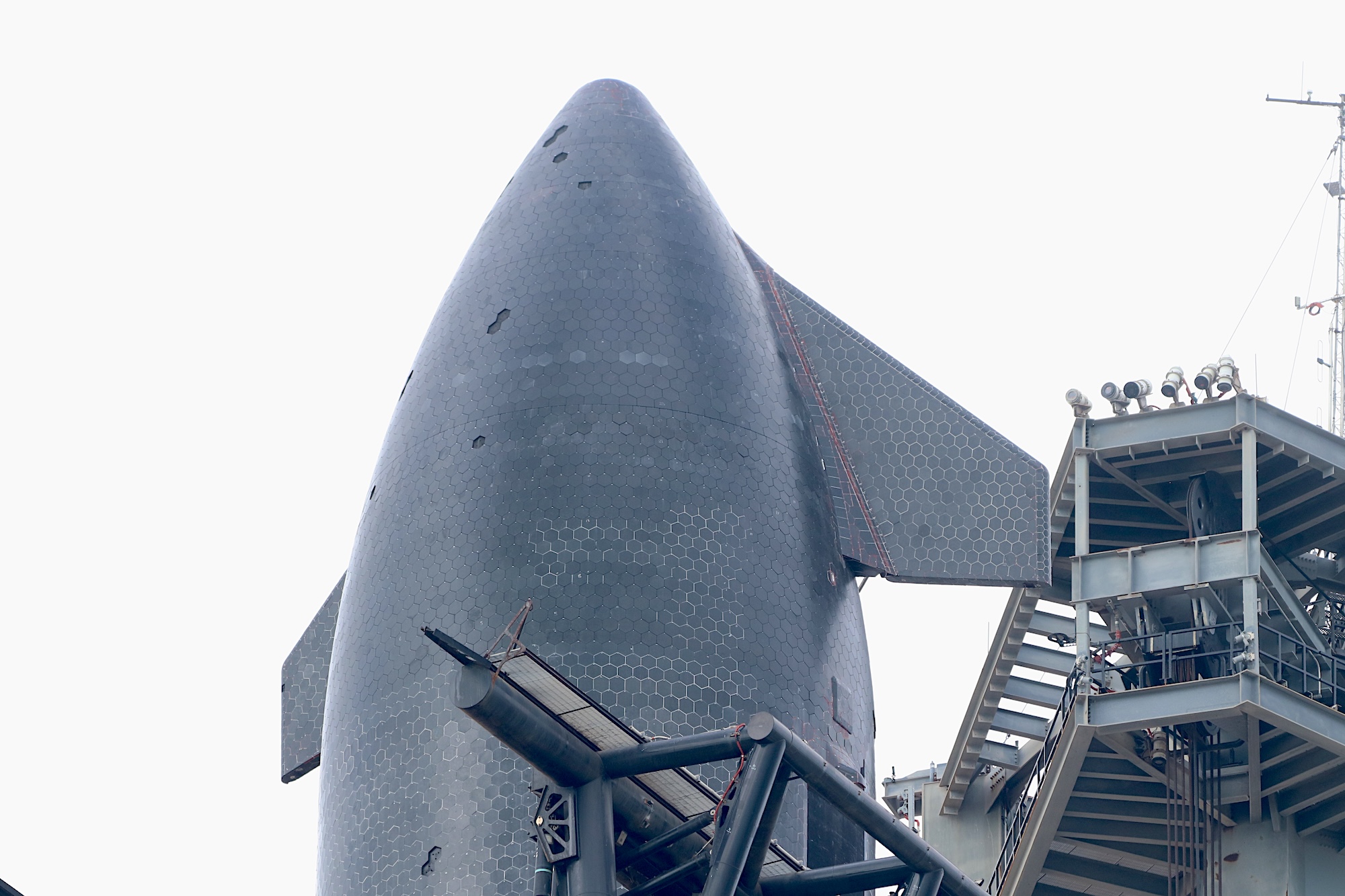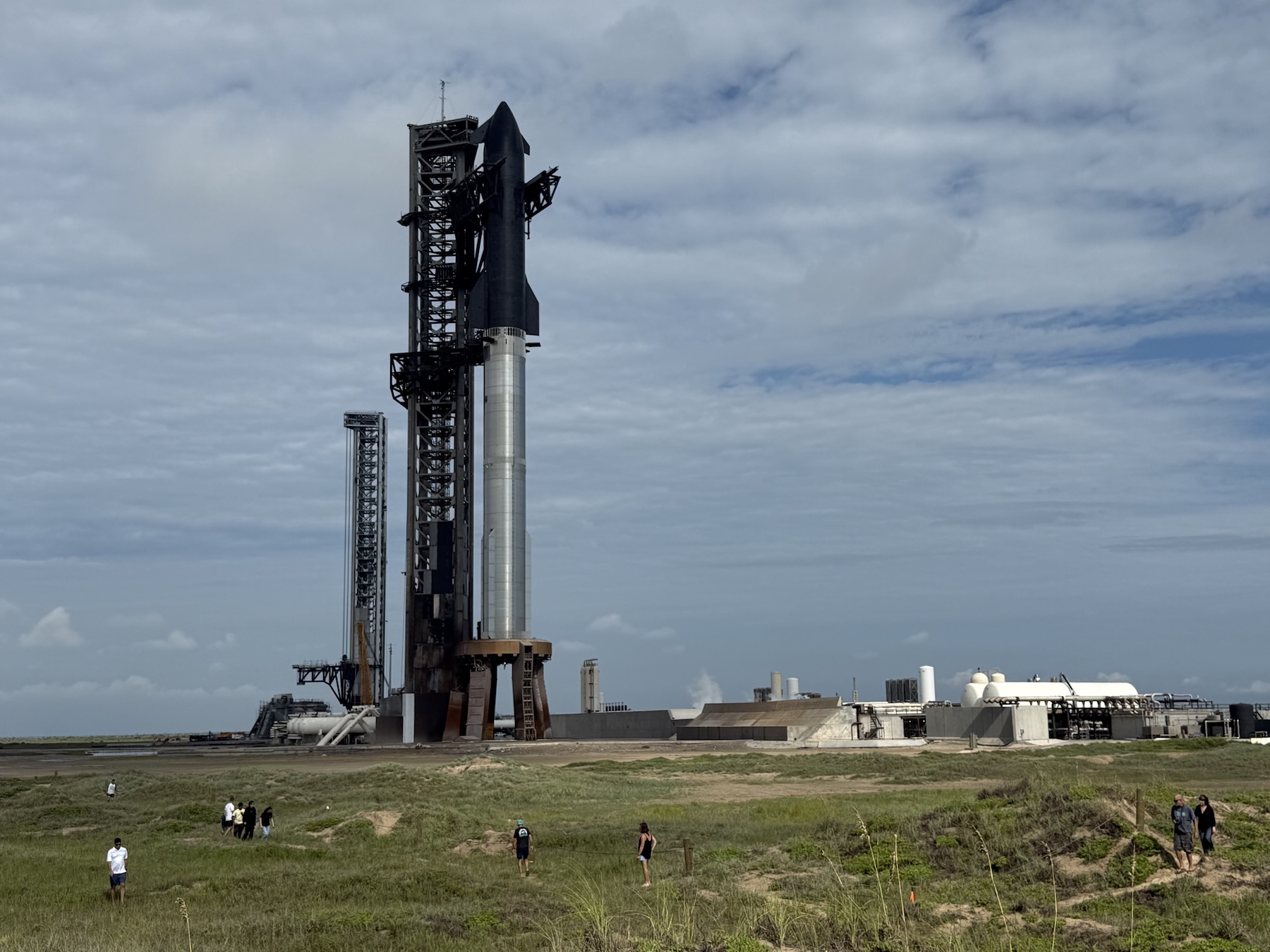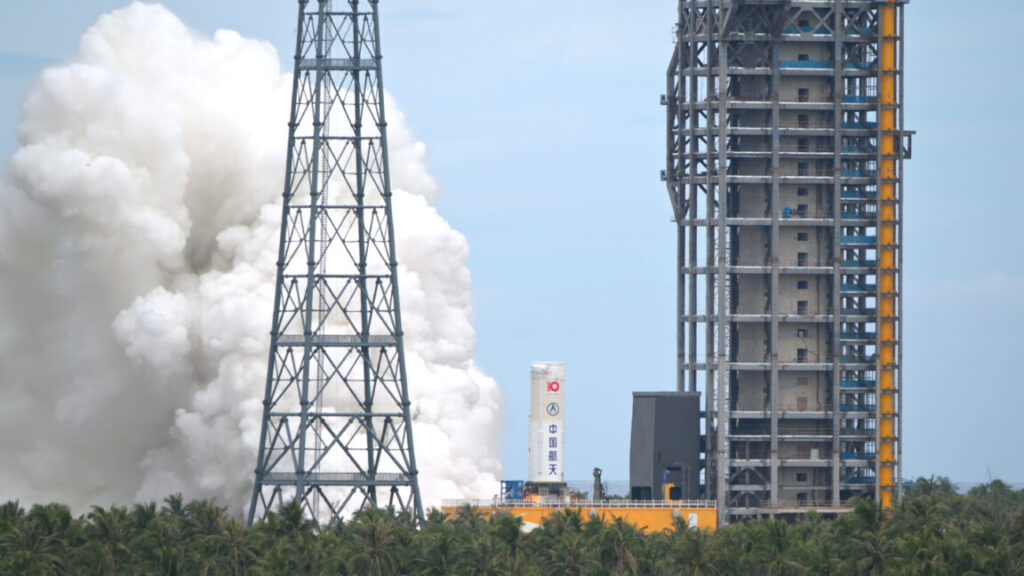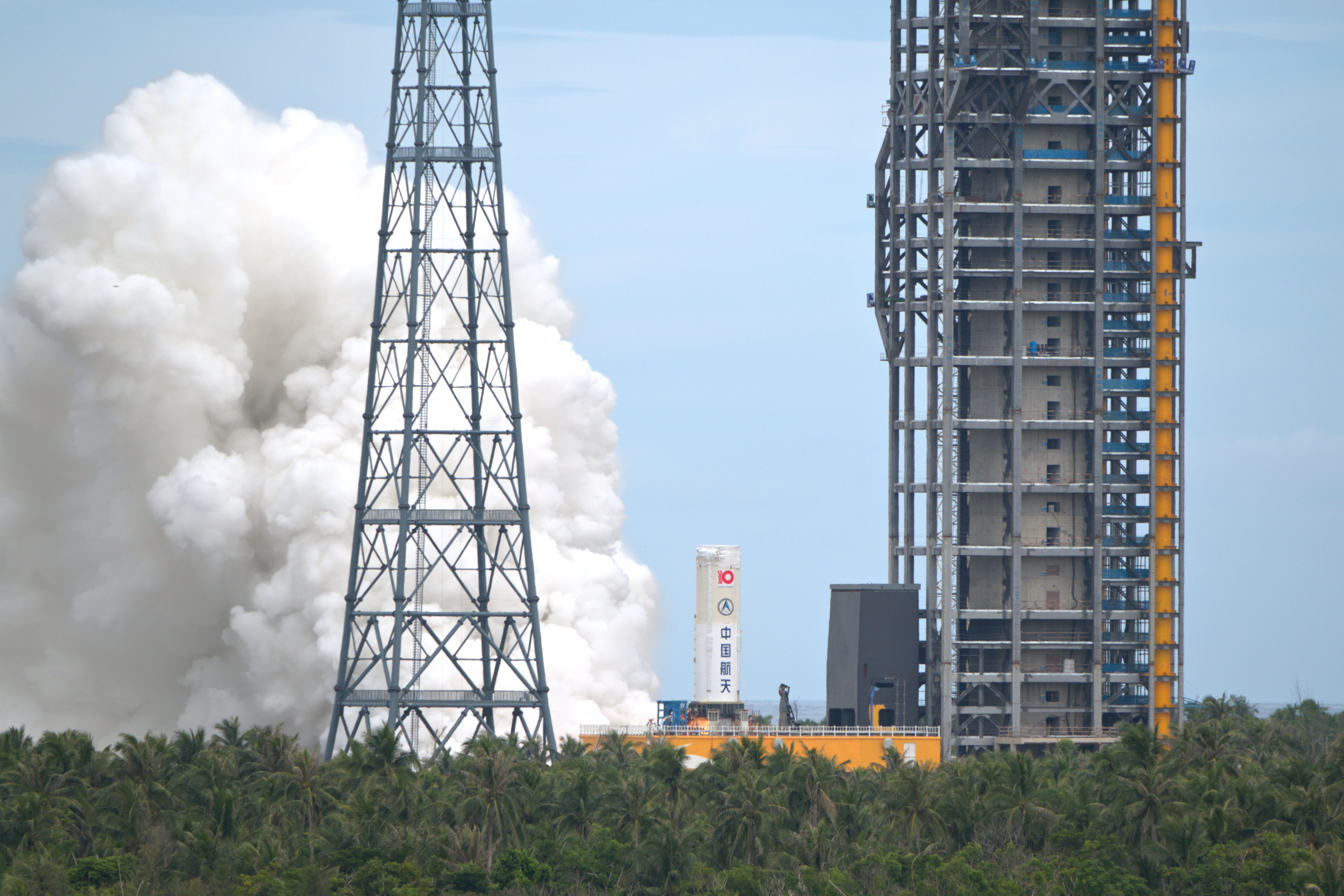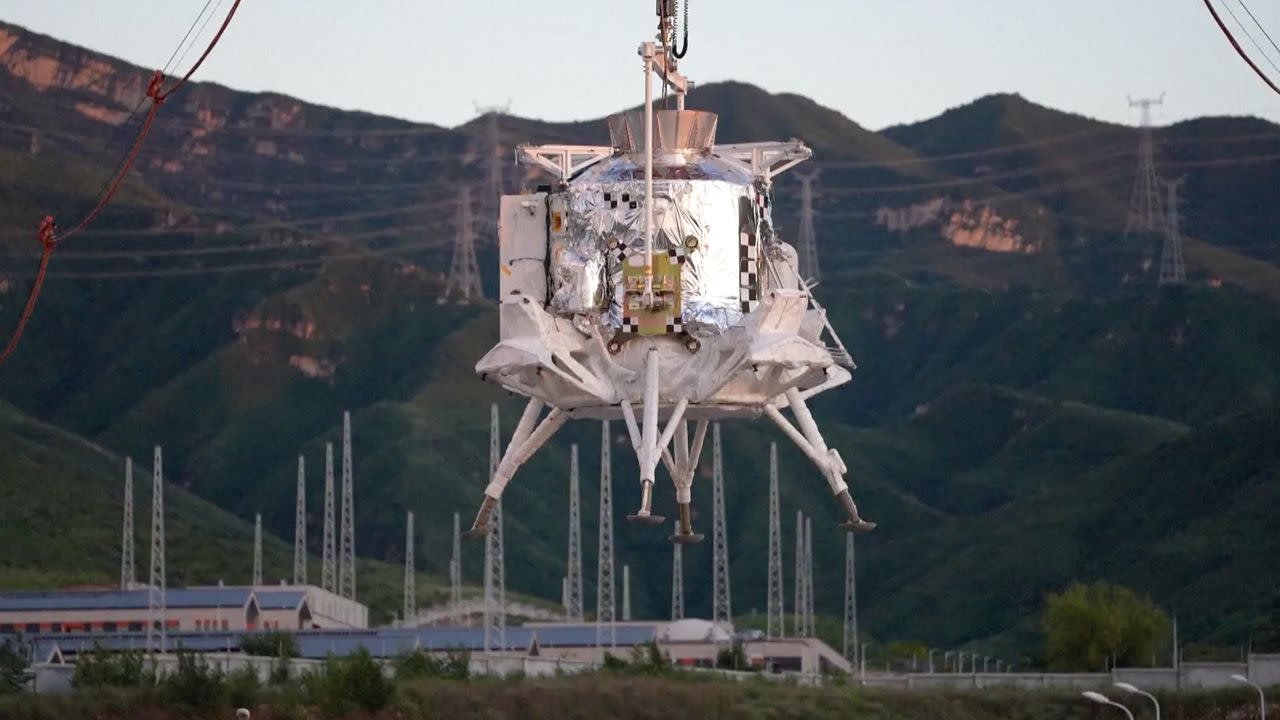Congress warned that NASA’s current plan for Artemis “cannot work”
As for what to do about it, Griffin said legislators should end the present plan.
“The Artemis III mission and those beyond should be canceled and we should start over, proceeding with all deliberate speed,” Griffin said. He included a link to his plan, which is not dissimilar from the “Apollo on Steroids” architecture he championed two decades ago, but was later found to be unaffordable within NASA’s existing budget.
“There need to be consequences”
Other panel members offered more general advice.
Clayton Swope, deputy director of the Aerospace Security Project for the Center for Strategic and International Studies, said NASA should continue to serve as an engine for US success in space and science. He cited the Commercial Lunar Payload Services program, which has stimulated a growing lunar industry. He also said NASA spending on basic research and development is a critical feedstock for US innovation, and a key advantage over the People’s Republic of China.
“When you’re looking at the NASA authorization legislation, look at it in a way where you are the genesis of that innovation ecosystem, that flywheel that really powers US national security and economic security, in a way that the PRC just can’t match,” Swope said. “Without science, we would never have had something like the Manhattan Project.”
Another witness, Dean Cheng of the Potomac Institute for Policy Studies, said NASA—and by extension Congress—must do a better job of holding itself and its contractors accountable.
Many of NASA’s major exploration programs, including the Orion spacecraft, Space Launch System rocket, and their ground systems, have run years behind schedule and billions of dollars over budget in the last 15 years. NASA has funded these programs with cost-plus contracts, so it has had limited ability to enforce deadlines with contractors. Moreover, Congress has more or less meekly gone along with the delays and continued funding the programs.
Cheng said that whatever priorities policymakers decide for NASA, failing to achieve objectives should come with consequences.
“One, it needs to be bipartisan, to make very clear throughout our system that this is something that everyone is pushing for,” Cheng said of establishing priorities for NASA. “And two, that there are consequences, budgetary, legal, and otherwise, to the agency, to supplying companies. If they fail to deliver on time and on budget, that it will not be a ‘Well, okay, let’s try again next year.’ There need to be consequences.”
Congress warned that NASA’s current plan for Artemis “cannot work” Read More »
